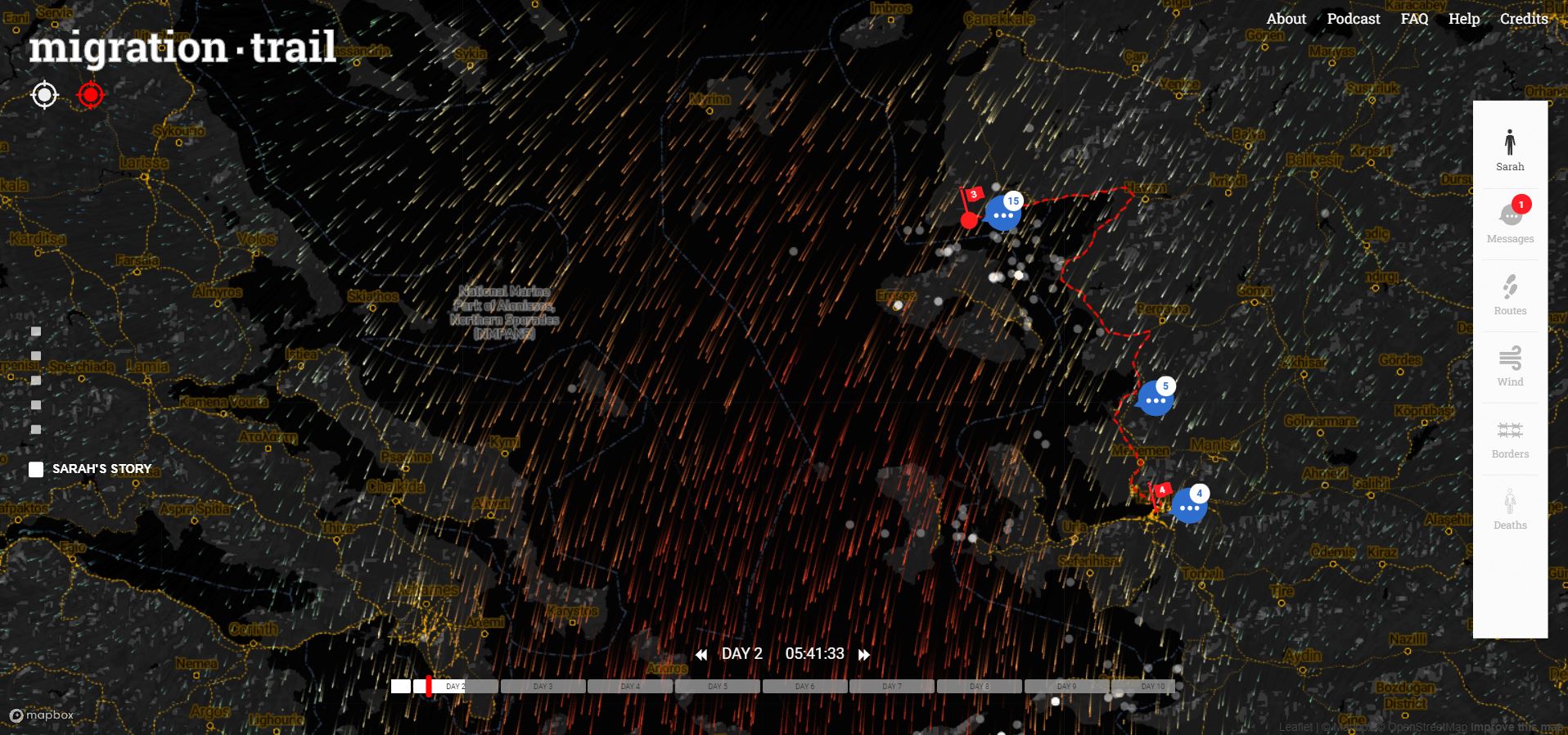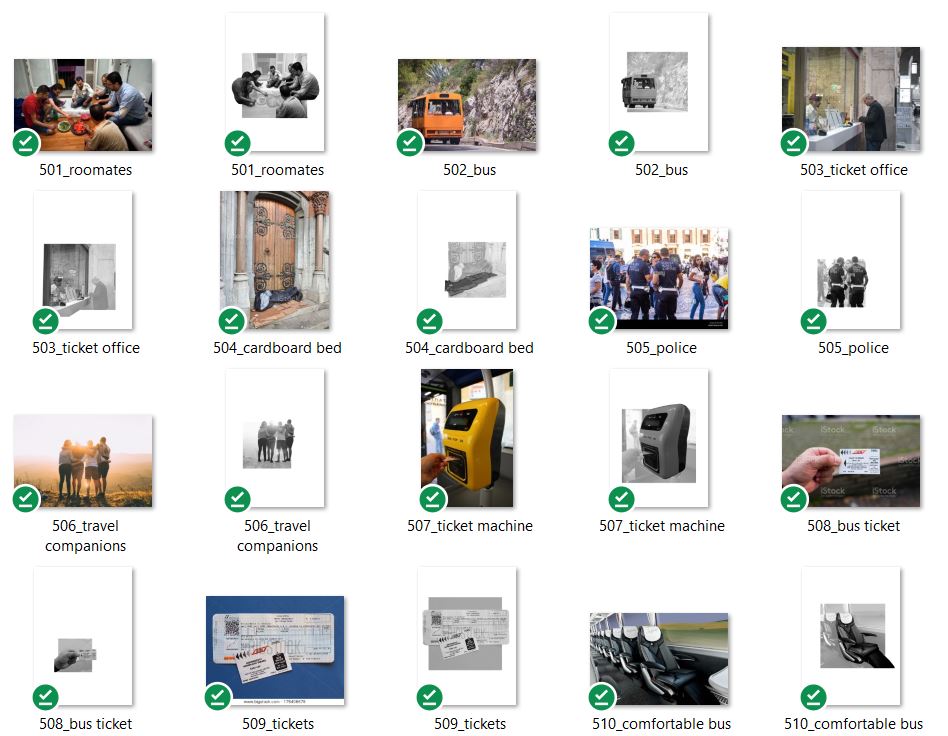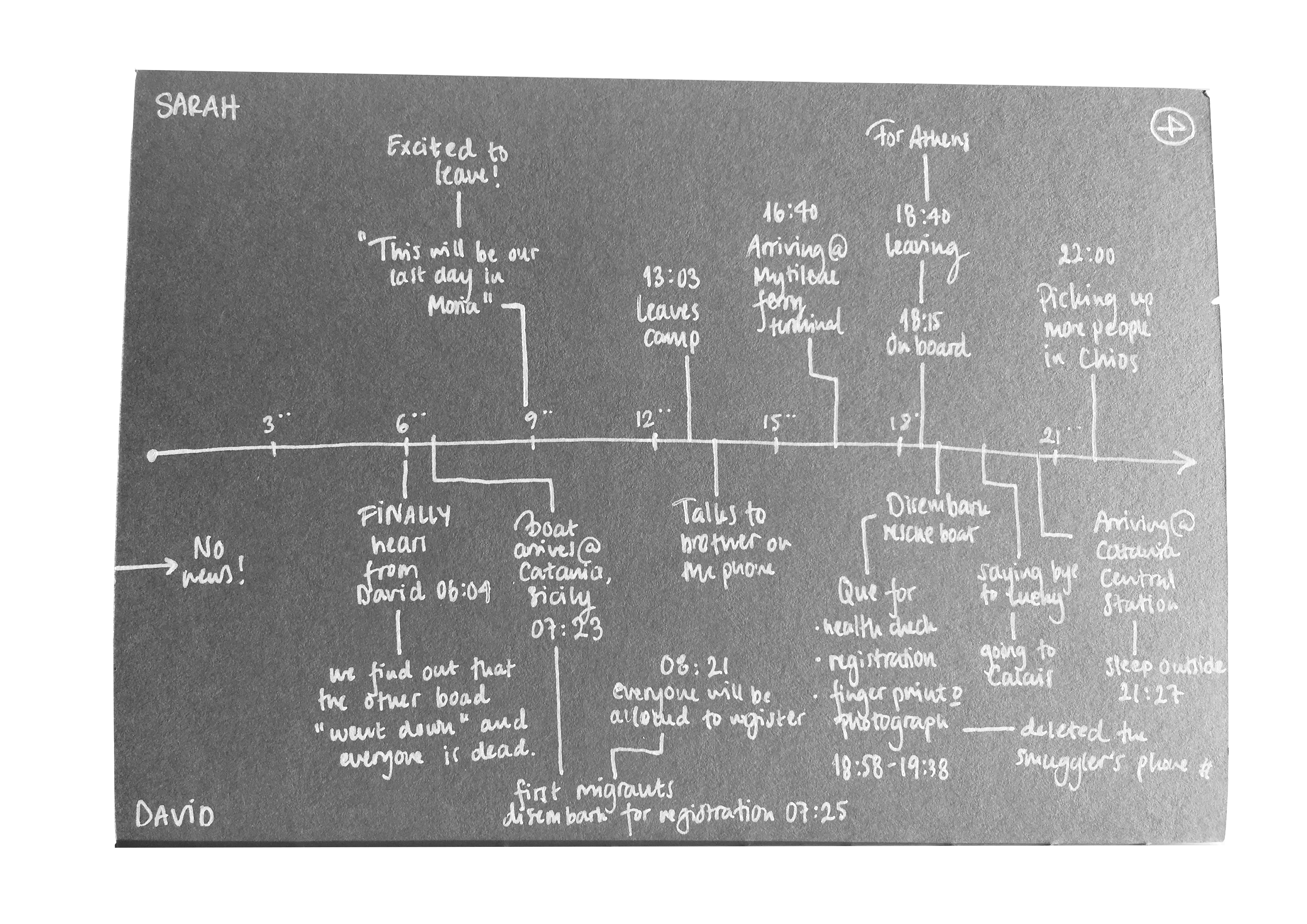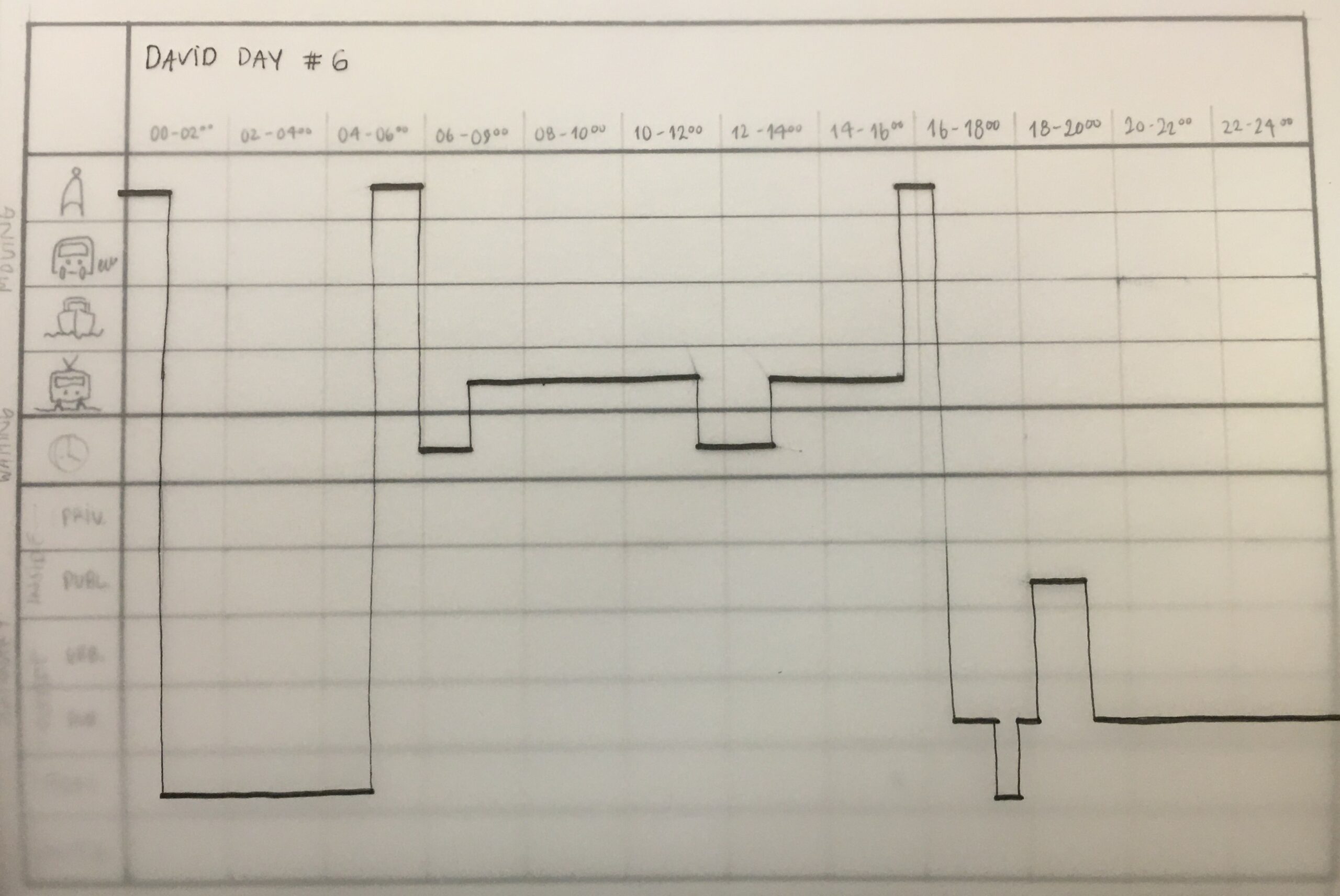Page III – MIGRATION
Page III – MIGRATION:
Architecture of migration mediation
In order to build an understanding of the policies, dimensions and processes of irregular migration to and within Europe, this project made use of a digital context framing the topic of migration – the digital platform Migration Trail, developed by Killing Architects and launched in 2017. I hoped to develop a methodology of translating these learnt experiences – the digital narratives of people on the run from conflict – into drawings, mappings and archives of migration infrastructure.

Migration infrastructure
Migration infrastructure is a conceptual and analytical framework highlighting the multiple dimensions of migration processes. As defined by Xiang & Lindquist (2019), migration infrastructure is defined as “the systematically interlinked technologies, institutions, and actors that
facilitate and condition mobility”.
“Defined as ‘the systematically interlinked technologies, institutions, and actors that facilitate and condition mobility’ (Xiang and Lindquist 2014: S122), the concept of migration infrastructure hinges on an understanding of migrants as not only moving by themselves but also being “moved by others, including brokers, bureaucrats, transport companies, medical clinics, and international organizations”
(Xiang & Lindquist 2019)
The five dimensions of migration infrastructure, each with distinctive logics of operation, are;
- Commercial = actors and agencies that engage in migration for profit – commercial intermidiaries such as human smugglers, border surveillance and security companies
- Regulatory = the state apparatus regulating migration – such as procedures for documentation, licensing, data regulation systems
- Technological = built networks that facilitate the flow of goods, people or ideas and allow for their exchange over space
- Humanitarian = international organisations shaping and facilitating migration, including rescue missions, handouts and refuge facilitation
- Social = the social networks of family members, friends, aquaintances and strangers met en route etc.
Instruments of migration mediation
Instruments = my catalogue/archive of human and non-human actors that mediate (facilitate and condition) migration mobilities.

Migrant journeys
Understanding the migrant journey through a series of time-lines help me to paint the picture of the time aspect of being on the move. It can also be translated into a space-time diagram seen to the right, which highlights the time spent in the modes or waiting, on the move (mode of transport) and urban/rural, indoor/outdoor spaces.

